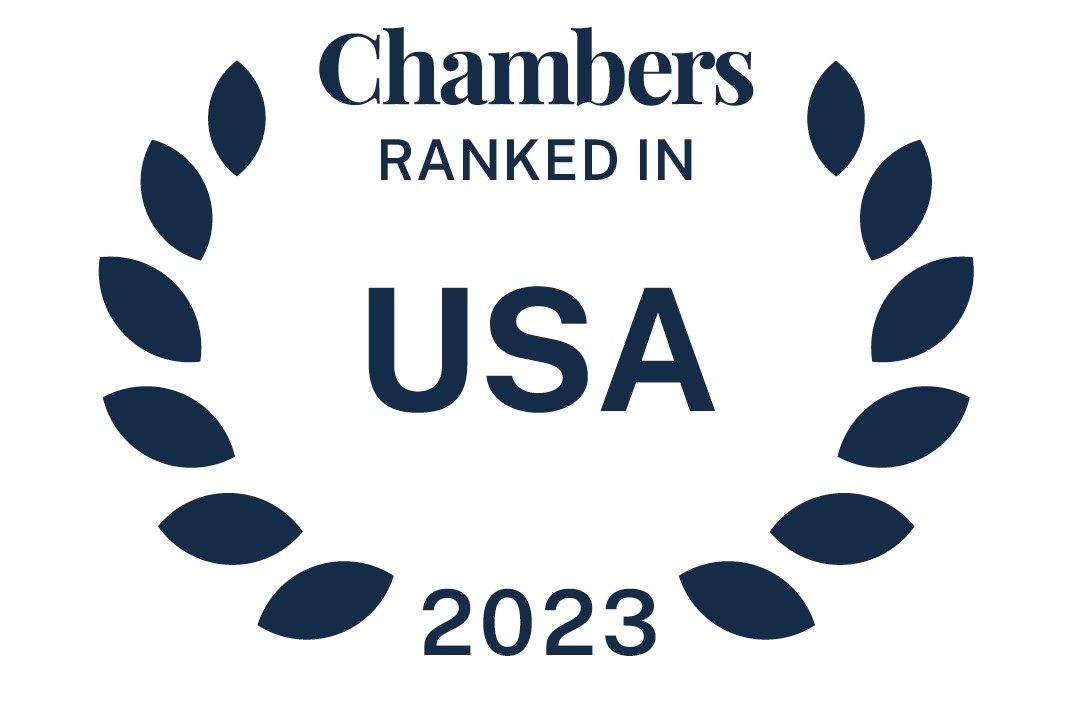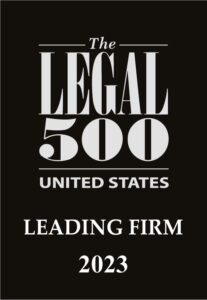In an acknowledgment of uncommon market conditions and their corresponding effect on defined benefit pension plan funding, the Pension Benefit Guaranty Corporation (the PBGC) provided a welcome one-time waiver for some underfunded pension plans under Section 4010 of the Employee Retirement Income Security Act (ERISA). However, to qualify for the waiver, pension plan sponsors still need to timely notify the PBGC.
read more

 Subscribe
Subscribe



